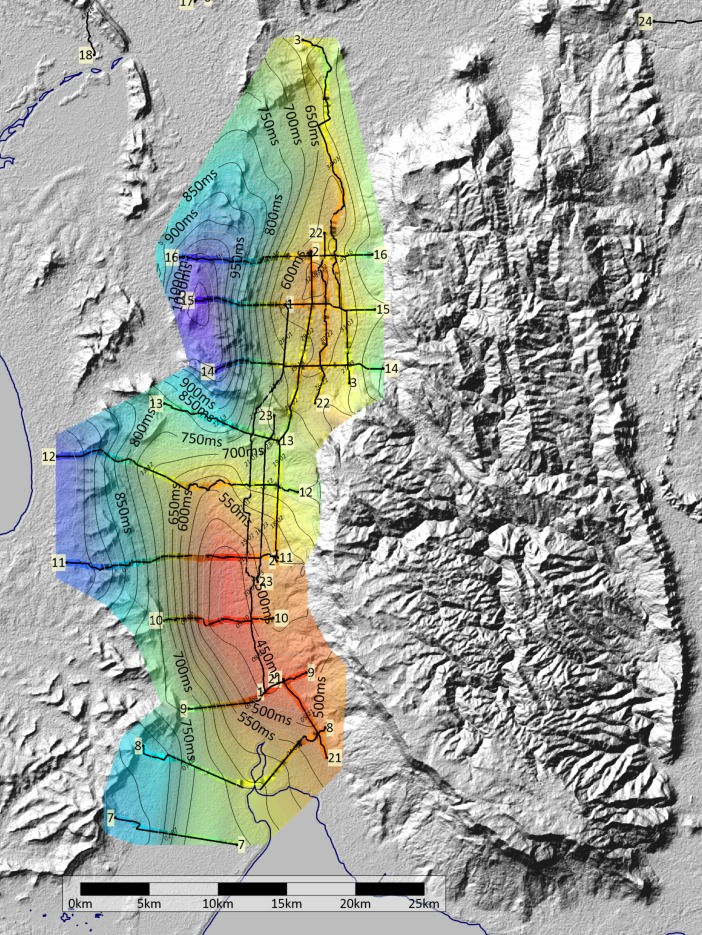FAQ: Angkor Resources' Block VIII Oil & Gas Exploration in Cambodia

Summary
Angkor Resources Corp. announces plans for exploratory oil and gas drilling on Block VIII in Cambodia following promising seismic data that identified significant closed anticlines. The company is committed to drilling multiple exploratory wells in 2026 to potentially prove Cambodia's first onshore oil and gas resource.
What is Angkor Resources announcing regarding its Block VIII operations in Cambodia?
Angkor Resources is announcing management’s intent for exploratory oil and gas drilling on Block VIII in Cambodia, with plans to drill multiple exploratory wells in 2026 based on promising seismic data interpretations.
What significant findings have been identified through the seismic survey?
The seismic survey identified at least three significant closed anticlines - one in South Bokor and two in Central Bokor, with the northern one potentially larger than currently imaged due to limited seismic data in that area.
When does Angkor Resources plan to begin drilling operations?
The company plans to drill multiple exploratory wells in 2026, as confirmed by CEO Delayne Weeks based on current seismic interpretations.
Why is this drilling initiative considered significant for Cambodia?
This drilling could potentially prove Cambodia’s first onshore oil and gas resource, representing a major milestone for the country’s energy sector.
What evidence suggests the presence of hydrocarbons in Block VIII?
Evidence includes multiple legacy and newly discovered surface live oil seeps located within the sub-basins and adjacent areas, along with indications of Direct Hydrocarbon Indicators (DHIs) in the seismic data.
How large are the identified anticline structures?
The anticlines have four-way closures of over 48 square kilometres and 60 square kilometres respectively, which are considered rare and significant finds in an undrilled sedimentary basin.
What company is conducting the operations on Block VIII?
Angkor’s subsidiary EnerCam Resources Co. Cambodia Ltd. (‘EnerCam’) is conducting the operations, having completed approximately 350-line kilometres of 2-D seismic across Block VIII.
What technical observations support the drilling decision?
Technical observations include a potential thick ribbon-like top seal consistent with mudstone, an underlying potential reservoir-bearing section with higher amplitude reflectors, and rock volume estimates of 48 million and 60 million cubic meters for single 1-meter thickness reservoir zones.
Is the seismic data interpretation complete?
No, seismic processing and interpretation is not yet complete, with only about half of the seismic lines interpreted to date, though the company is confident in the results so far.
What are the key geological features that make these structures promising?
The structures feature clear four-way closures, indications of a working hydrocarbon system with surface oil seeps, potential multiple reservoir layers, and are located in a large sedimentary basin with favorable seismic characteristics.

This story is based on an article that was registered on the blockchain. The original source content used for this article is located at NewMediaWire
Article Control ID: 259763